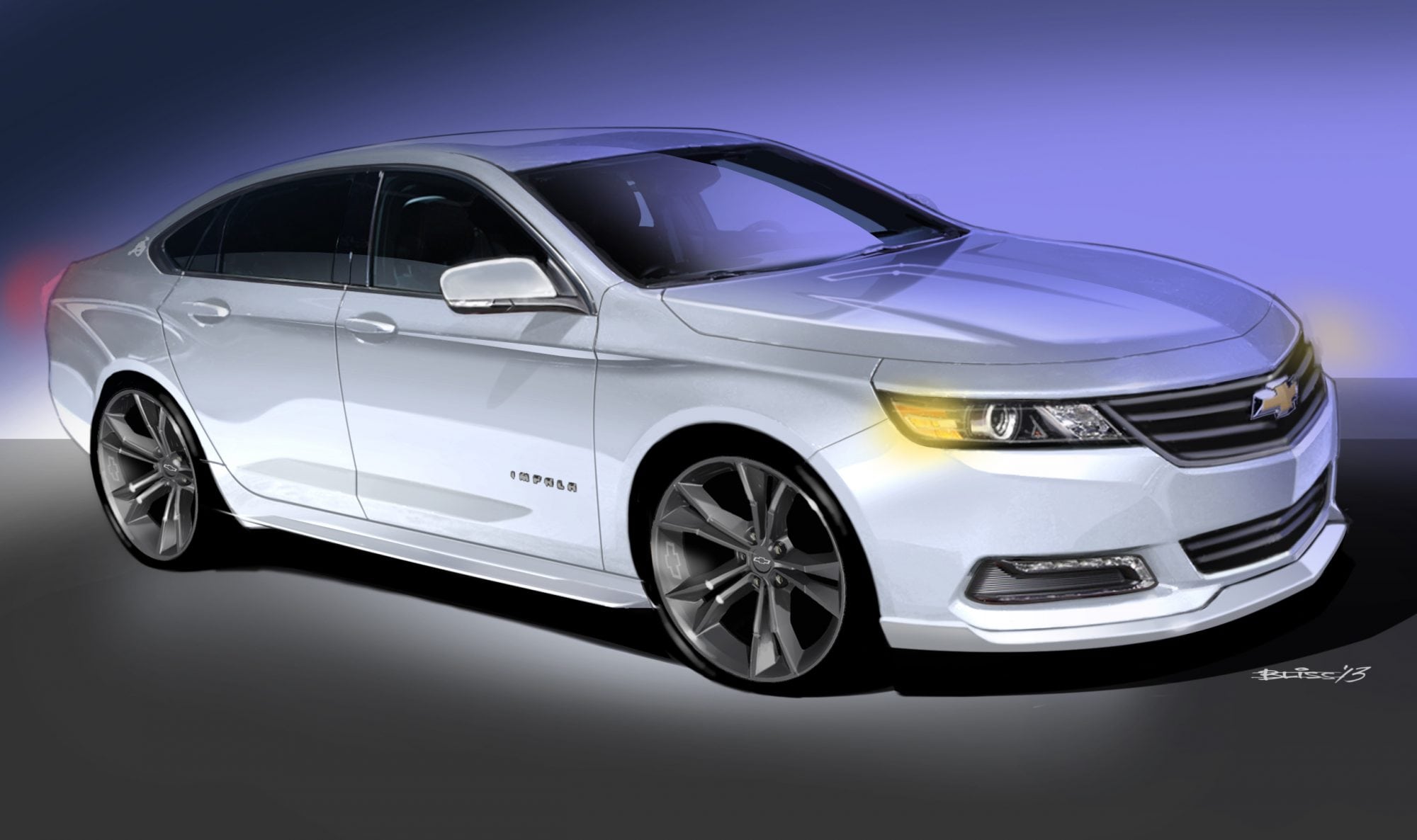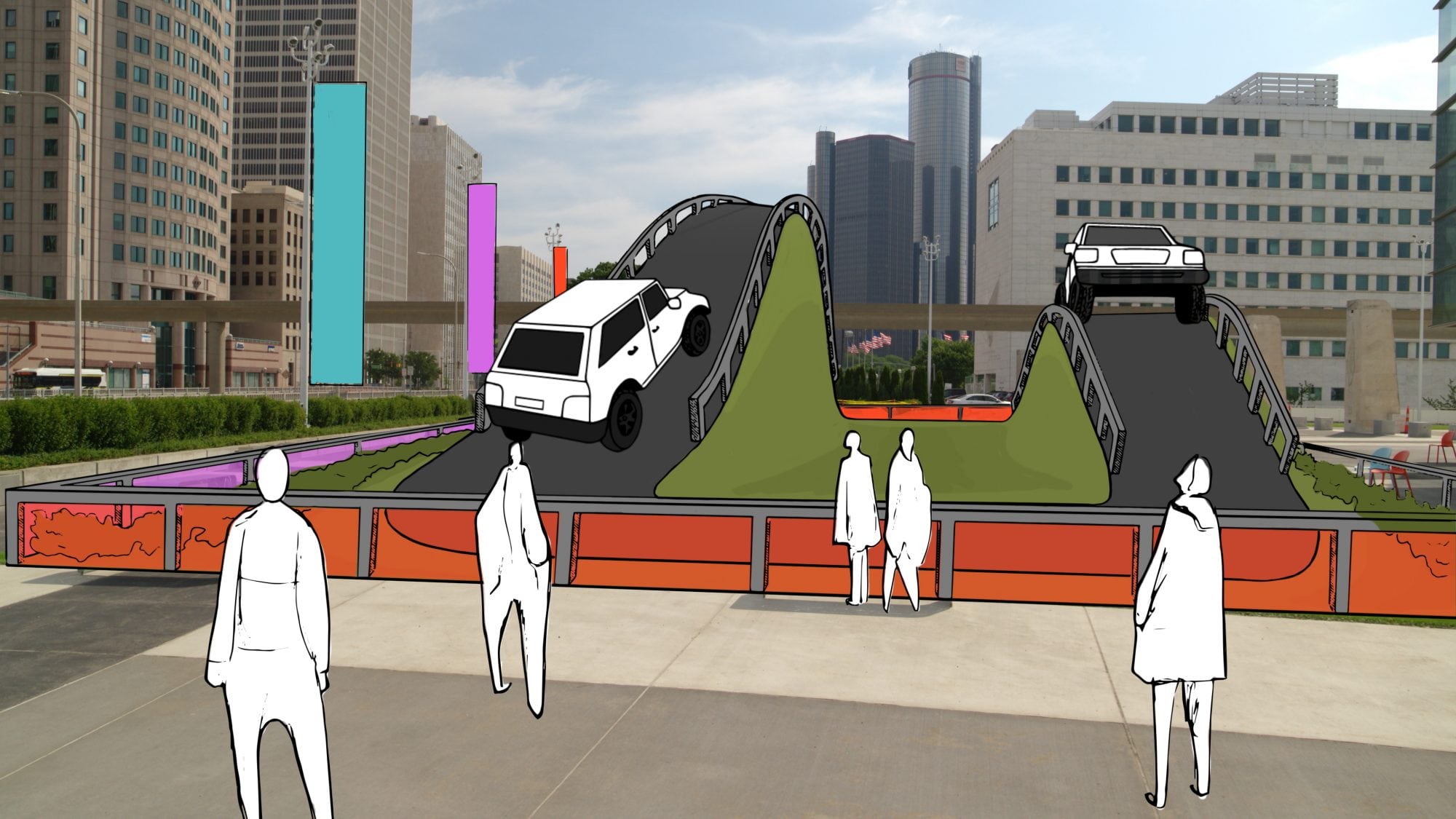PPF is short for paint protection film, and it is a method that allows you to preserve the paint of the car. In other words, it refers to a liner-backed polyurethane film that is about 8 millimeters thick. Both sides of this film are different in terms of surface. You have a liner at the bottom, and then a protective coat on the top. The primary function of a PPF is to protect your car from anything that can damage your paint.
Common Paint Damages
The paint on your car is vulnerable to disruptive contaminants that stay suspended in the air and move with the wind. These contaminants differ in size and harm. There are two types of particles that can damage your paint, the ones that sit on top of the car paint, while others penetrate into the paint layers.
Overall, no two defects are the same, and each has different causes. Some of the common contaminants include tar, iron, and overspray. During prolonged heat exposure, the tar on the road can flick up and settle on the car. The most common area where you can find tar deposits is on the wheel arches.
Similarly, iron deposits also cause damage by sticking to the car. Identifying iron deposits is easy, as they portray orange deposits on the car’s body. Overall, protection methods such as PPF and ceramic coating provide your car with a protective layering that will last from 5 to 7 years.
What Vehicles should get PPF?
If you have a new luxury vehicle with a shiny and glossy outer coat, then you want to keep that car in pristine condition so that it does not lose its market value. Road debris, rock chips, and light scratches are minor marks, but they can appear to be very prominent on a new car’s body. You want to make sure that the car retains its aesthetic and class. However, even though it is worthwhile to get, it is important to note that it is not a mere requirement.
Pros
Protection Film Protects Against Damages
When equipping your car with a protection film, you no longer have to worry about rock chips, flying debris, door dings, oxidation, bird droppings, UV damage, and other common impacts. When it comes to protecting your vehicle’s body, PPF is one of the best ways.
Protects Against Costly Repaints
Since the PPF protects the car from common damages, it keeps the car from accumulating small paint damages over time. This keeps you from getting a major repaint that can cost you much more than installing a protection film.
Not to mention, apart from the costly price tag of the paint, keep in mind that you might have trouble finding the exact same paint as the rest of your car. If you have the paint protection film, you can avoid all that trouble, and all you will have to do is change the PPF. If you are not sure where to install PPF, companies like Sun Stoppers can install paint protection film in Charlotte, NC, and if you are from a different state, definitely check out their website, as they offer services across the USA.
Variety and Quality
Regardless of the model and make of your car, you can install paint protection on your vehicle. There are two types of films available, the glossy and the matte. They also come with an instant self-healing layer, which means that minor scratches, debris, and damages will instantly self-heal.
Cons
Costs
The cost is usually the biggest determining factor when deciding on car customization. The cost of this can be a con, as it can be a little too expensive for the average car owner. For installing the PPF on the hood, bumper, and fenders, the cost can range for well over $2000, which is a bit too much if you drive a mid-range car. It is worth noting that the depends on the service you go to, as each place can offer variable costs and packages.
On the other hand, some cars are more expensive to install because of the difficulty level. A car that has a more multidimensional body with larger areas will display a more challenging task for the installer.
It is Difficult to Remove
Another con for installing a protection film is that it is very difficult to remove. When it is time to remove the film, you want to make sure that you get a professional to do it for you. Even removing the paint costs plenty of money, so you have to keep in mind the removal costs. Good film installations are ones that wrap around each of the car parts neatly.
It Does Not Offer 100% Protection
Even after getting a PPF for your new car, it is important to realize that it will not offer a hundred percent protection for the car’s paint. For instance, if you ever hit a big rock at high speeds, it will chip the car’s body and penetrate all the layers of the paint protection film. This is something that you must consider before getting a protection film.
Final Thoughts
If you have a new car and you do not like looking at scratches, swirls, and all other types of unwanted damage designs on your paint, then you should consider a PPF investment. By doing so, you can keep your car looking new for as long as possible. However, researches before you settle on a decision.







